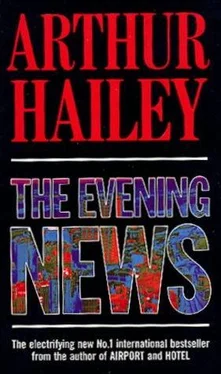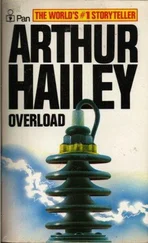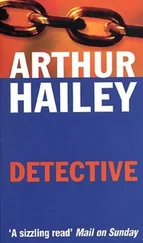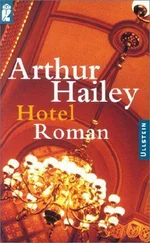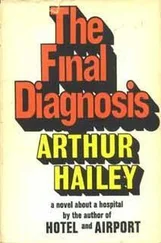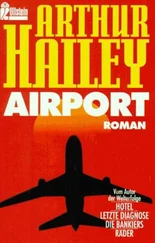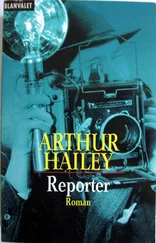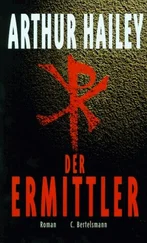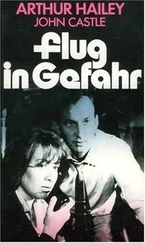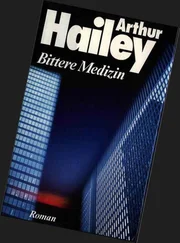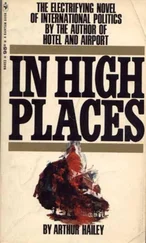”Finding time for that course is the problem,” Sloane said.”Speaking of that, are you still taking CQB lessons?”
CQB was shorthand for close quarters battle, a specialized version of unarmed combat practiced by the elite British Army SAS. The instruction was given by a retired British brigadier now living in New York, and that was something else Jessica had wanted Crawford to do. But when he simply couldn't find time she took the lessons herself.
”I'm not taking them regularly anymore,” she answered.”Though I do an hour every month or two to keep refreshed, and Brigadier Wade sometimes gives lectures which I go to.”
Sloane nodded.”Good.”
That night, still troubled by what had passed between them, Jessica found it difficult to sleep.
Outside, the occupants of the Ford Tempo watched as one by one the lights in the house went off. Then they made a report by cellular phone and, ending that day's vigil, drove away.
Shortly after 6:30 A.M. the surveillance of the Sloanes' Larchmont house resumed. A Chevrolet Celebrity was being used this morning, and slouched down in the car's front seats—a standard observation technique so the occupants would not be noticed by other passing vehicles—were the Colombians, Carlos and Julio. The Chevy was parked beyond the Sloane house on a convenient side street, the observation being carried on through side and rearview mirrors.
Both men in the car were feeling tense, knowing that this would be a day of action, the culmination of long and careful planning.
At 7:30 A.m. an unforeseen event occurred when a taxi arrived at the Sloane house. From the taxi an elderly man carrying a suitcase emerged. He went into the house and remained there. The newcomer's unexpected presence meant a complication and prompted a call by cellular phone to the watchers' temporary headquarters some twenty miles away.
Their efficient communications and ample transport typified an operation on which expense had not been spared. The conspirators who had inspired and organized the surveillance and what was to follow were expert, resourceful and had access to plenty of money.
They were associates of Colombia's Medellin cartel, a coalition of vicious, criminal, fabulously wealthy drug lords. Operating with bestial savagery, the cartel had been responsible for countless violent, bloody murders including the 1989 assassination of Colombian presidential candidate Senator Luis Carlos Gal6n. Since 19 81 more than 220 judges and court officials had been murdered, plus police, journalists and others. In 1986, a Medellin alliance with the socialist—guerrilla faction M-19 resulted in a killing orgy of ninety deaths, including half the members of Colombia's Supreme Court.
Despite the Medellin cartel's repulsive record, it enjoyed close ties with the Roman Catholic Church. Several cartel bosses boasted private chapels. A cardinal spoke favorably of Medellin's people and a bishop blandly admitted taking money from drug traffickers.
Murder was not the only process by which the cartel ruled. Large-scale bribery and corruption financed by the drug lords ran like a massive cancer through Colombia's government, judiciary, police and military, beginning at topmost levels and filtering to the lowest. A cynical description of the drug trade's standard offer to officialdom was plata o plomo —silver or lead.
For a while, through 1989 and 1990 during a wave of horror following the Galin assassination, cartel leaders were inconvenienced by law enforcement efforts against them, including some modest intervention by the United States. A retaliatory response, accurately described by the drug conspirators as "total war,” involved massive violence, bombings and still more killings, a process which seemed certain to continue. But survival of the cartel and its ubiquitous drug trade—perhaps. with fresh leaders and bases—was never in doubt.
In the present instance, while operating undercover in the United States, Medellin was working not for itself but for the Peruvian Maoist-terrorist organization Sendero Luminoso, or "Shining Path.” Recently in Peru, Sendero Luminoso had grown more powerful while the official government became increasingly inept and weak. Where once Sendero's domain had been limited to the Andes Mountains, Huallaga Valley and centers like Ayacucho and Cuzco, nowadays its bombing teams and assassination squads roamed the capital city, Lima.
Two strong reasons existed for linkages between Sendero Luminoso and the Medellin cartel. First, Sendero customarily employed outside criminals to conduct kidnappings which were frequent in Peru, though not widely reported by the American media. Second, Sendero Luminoso controlled most of Peru's Upper Huallaga Valley where sixty percent of the world's coca crop was grown. The coca, in leaf form, was converted to coca paste—the basis of cocaine—and afterward flown from remote airstrips to the Colombian cartels.
In the whole process drug money contributed heavily to Sendero finances, the group exacting a substantial tribute both from coca growers and traffickers—the Medellin connection among them.
Now, in the surveillance Chevrolet, the two Colombian hoodlums were searching through a collection of Polaroid photos which Carlos, an adept photographer, had taken of all persons seen to have entered the Sloane house during the past four weeks. The elderly man who had just arrived was not among them.
Julio, on the telephone, spoke in code phrases.
”A blue package has arrived. Delivery number two. The package is in storage. We cannot trace the order.” Translated: A man has arrived. Delivered by 4 He has gone into the house. We do not know who he is; there is no Polaroid of him.
The sharp-edged voice of Miguel, the project's leader, snapped back through the phone, "What is the docket number?”
Julio, not comfortable with codes, swore softly as he leafed through a notebook to decipher the question. It asked him: "at age is this person? He looked to Carlos for help.”Un viejo. How old?”
Carlos took the book and read the question.”Tell him, docket seventy-five.”
Julio did, producing another terse question.”Is anything special about the blue package?”
Abandoning code, Julio lapsed into plain language.”He carried a suitcase in. Looks like he plans to stay.”
* * *
South of Hackensack, New Jersey, in a dilapidated rented house, the man whose code name was Miguel silently cursed Julio's carelessness. Those pendejos he wasforced to work withl In the code book was a phrase that would have answered the question, and he had warned all of them, over and over, that on nidio phones anyone could be listening. Scanning devices that could eavesdrop on cellular phone conversations were available in stores. Miguel had heard of a radio station that used a scanner and boasted of foiling several criminal plots.
Estzipidosl He simply could not get through to the idiots assigned to him—when the success of their mission, plus all their lives and freedoms were at stake—the importance of being vigilant, cautious, on guard, not just most of the time, but all of it.
Miguel himself had been obsessively cautious for as long as he could remember. It was why he had never been arrested, even though he was on "most wanted”lists of police forces in North and South America and some in Europe too, including Interpol. In the Western Hemisphere he was becoming as keenly sought after as his brother-in-terrorism Abu Nidal, on the other side of the Atlantic. About that, Miguel permitted himself a certain pride, though never failing to remember that pride could beget overconfidence, and that was something else he guarded against.
Despite all the turmoil he had been a part of, he was still a young man—in his late thirties. In appearance he had always been unremarkable, with average good looks but no more; anyone passing him on a street might think he was a bank clerk or, at best, manager of a small store. In part, this was because he worked hard at seeming unimportant. He also made a habit of being polite to strangers, but not to the point of creating a memorable impression; most who met him casually, not knowing who he was, tended to forget having done so.
Читать дальше
